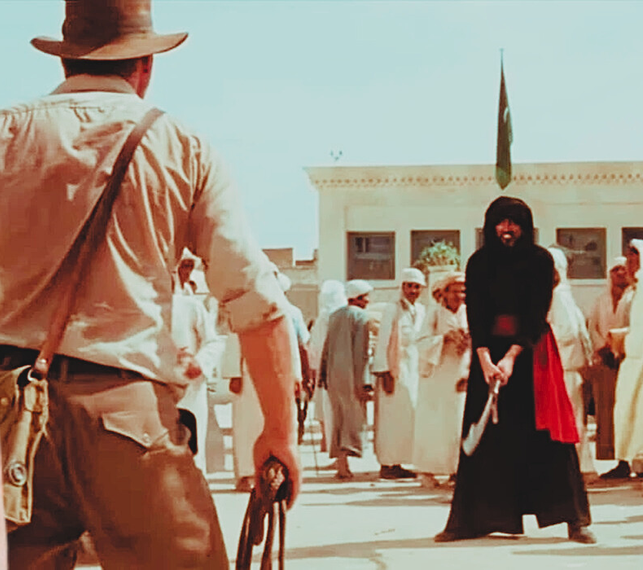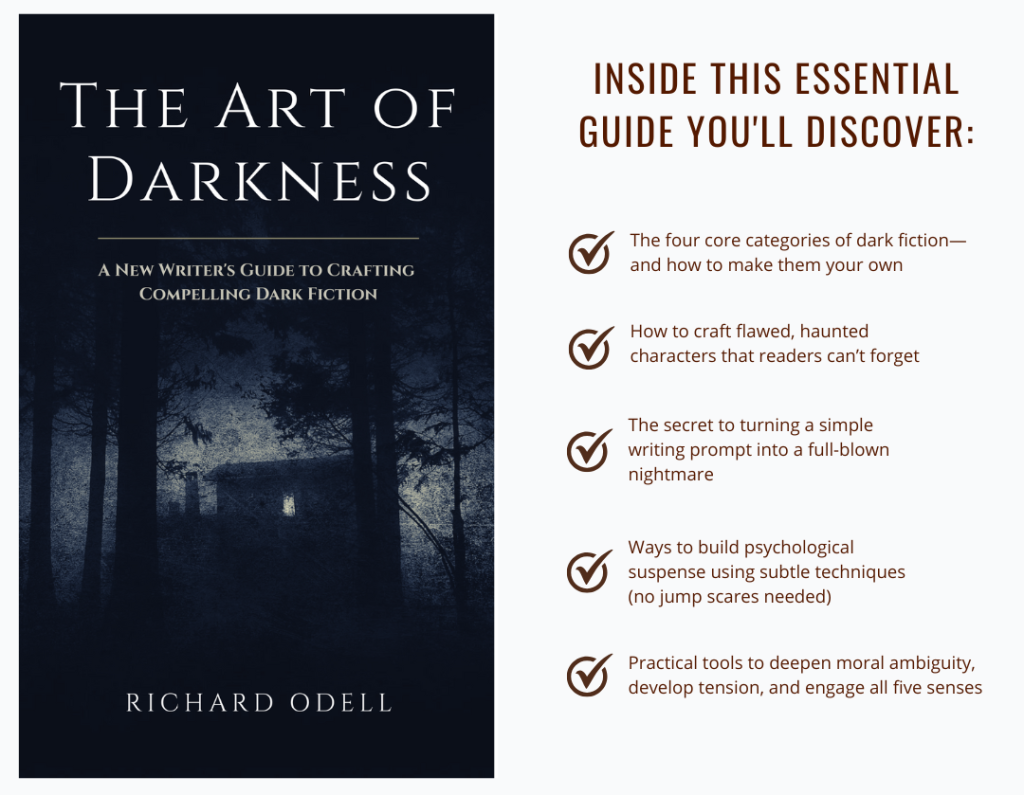Killing the Moment
When Writers Pull the Rug Out from Under Us
In fiction, we’re often taught to expect tension to rise, build, and climax. But some of the most unforgettable scenes do something very different—they kill the moment. Just when everything feels intense or emotionally charged, the story flips, swerves, or deflates the moment entirely. This technique, though surprising, is a powerful literary device used to deepen impact, provoke thought, or simply add absurdity.
🪓 What Does It Mean to ‘Kill the Moment’?
To kill the moment is to interrupt or undercut a scene at its emotional or dramatic peak. This isn’t just a break in tension—it’s an intentional deflation. Think of:
- A car refusing to start during a dramatic escape (Back to the Future).
- A villain with a sword getting shot instead of fought (Raiders of the Lost Ark).
- A philosophical quest ending with the answer “42” (Hitchhiker’s Guide to the Galaxy).
Rather than offering payoff, these scenes disrupt expectations, sending us down strange or humorous avenues instead of the path we thought we were on.

📚 The Tools Writers Use to Kill the Moment
Writers employ several classic devices to achieve this effect:
1. Narrative Interruption
A well-timed distraction—like a knock at the door or a mundane observation—halts dramatic progress at its peak and diverts the scene entirely.
2. Anti-Climax
This subverts the anticipated high point with something mundane, disappointing, or absurd. It often makes a statement about futility or reality’s messiness.
3. Bathos
A sudden shift from serious to silly. It injects comedy or absurdity into high-stakes moments, often highlighting the ridiculousness of taking life (or drama) too seriously.
4. Comedic Timing
Especially in film and TV, perfect delivery can turn a dramatic pause into a laugh—or a jolt of surprise that shifts emotional gears.
🎬 Famous Examples of Killing the Moment
- Film: Monty Python and the Holy Grail ends not with a climactic battle but with police arrests. Indiana Jones ends a tense standoff with a gunshot instead of a swordfight.
- TV: Scrubs is known for interrupting emotional scenes with jokes, keeping viewers both laughing and crying.
- Literature: Catch-22 subverts war heroism. The Metamorphosis ends not with tragedy but with awkward familial relief.
These moments disrupt narrative flow—but in doing so, they create unforgettable experiences.
🎭 Why Writers Kill the Moment
So why deflate a great scene on purpose?
✨ To Reflect Reality
Life rarely follows neat arcs. Real emotion is often interrupted by absurdity or inconvenience. These moments echo that truth.
🔄 To Deepen Engagement
Surprises jolt the audience awake. They prevent emotional fatigue, break expectations, and keep readers guessing.
💬 To Explore Themes
From the futility of war to the absurdity of modern life, killing the moment can carry deep thematic weight and critique societal norms.
🧍♂️ To Reveal Character
How someone reacts when a moment falls apart can reveal more than how they handle success. These shifts expose vulnerability, humour, or resilience.
🎯 Final Thoughts
Killing the moment isn’t lazy writing—it’s deliberate, nuanced storytelling. It reminds us that tension doesn’t always need resolution, and that sometimes, the most powerful moments come from being disarmed, confused, or laughing when we should be crying.
Next time a story throws you off-balance at the worst possible time, don’t be frustrated. That surprise? That was the point.
Looking for more writing tips to improve your fiction?

By signing up, you’ll also receive occasional emails with tips, tools, and inspiration to sharpen your craft and deepen your darkness.
You’ll receive your guide in PDF format—easily viewable in nearly all browsers or with any PDF reader you already have.

0 Comments